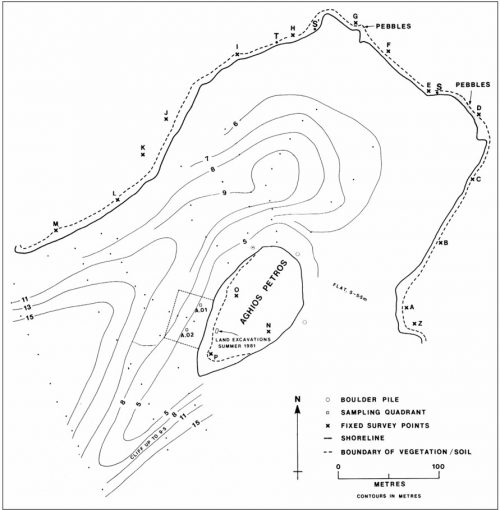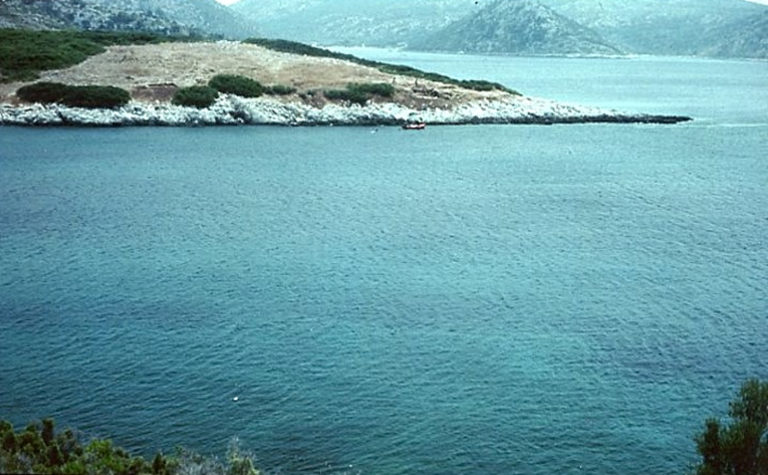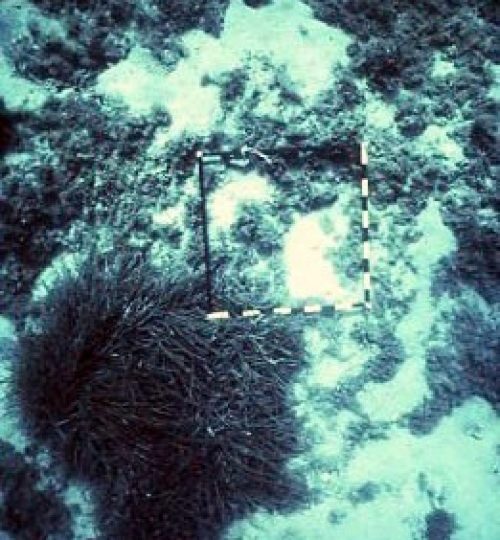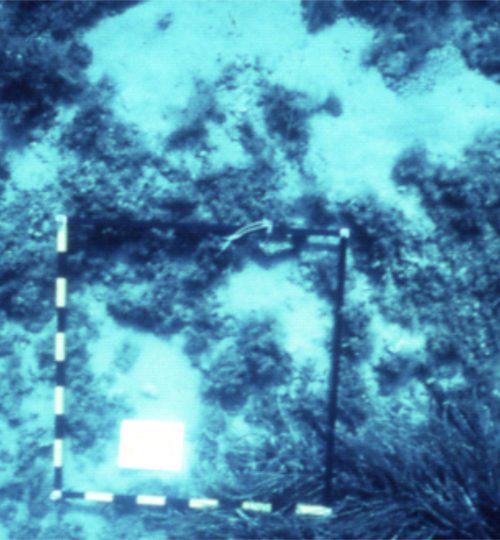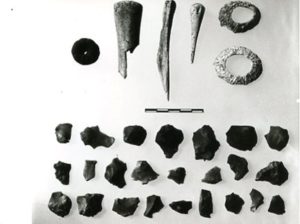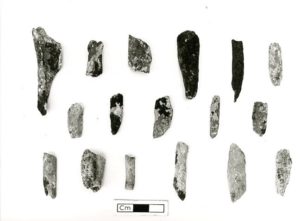The first underwater project (1981)
The first underwater project (1981)
The underwater investigations of 1981 (published in 1983) by the world expert on submerged landscapes and sites, oceanographer Dr. Nic Flemming, added a unique new dimension to the archaeology of the site confirming that a great part of the Neolithic settlement was still intact in the submerged area off the north-west side of Agios Petros.
Fieldwork in the bay of Agios Petros in 1981 led to the painstaking reconstruction of its submarine topography for different areas that showed both the form of shoreline that existed at the time of the founding of the site (sometime around 6,000 cal BC) and the changes that followed in the next few hundred years.
The contour (seen above) demonstrates that Agios Petros was not an islet, but instead a spur of high ground projecting towards the sea with a perfect natural harbor formed in front of the amphitheatrically built Neolithic settlement. Future fieldwork in the underwater section of Agios Petros was expected to offer many insights into some little-known aspects of the everyday life of this early Neolithic Aegean maritime community and its archaeological evidence lost to the sea.
It is critical to note that the underwater deposits (in front of the on shore archaeological remains) are extremely rich in finds, indicating that the submerged part of the site remained well-protected from strong currents and winds until today. Test quadrats (1X1m) excavated to the bedrock have provided plentiful ceramics, lithics, obsidian pieces, and more than 250 identifiable animal bones, as well as samples of sediments for grain-size analysis (see below).
